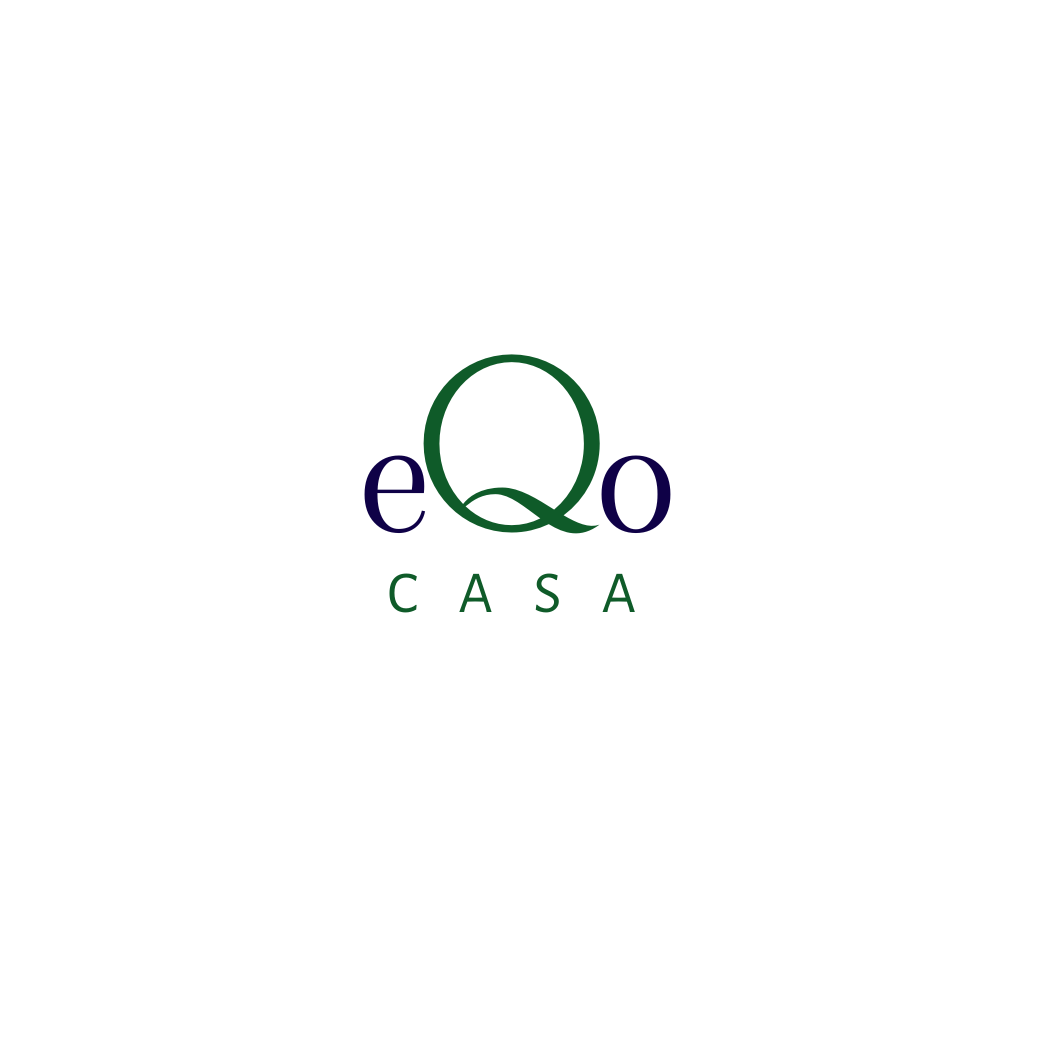
This blog post explores 10 eco-friendly building materials that are revolutionizing the sustainable building industry by providing a well-balanced combination of creativity and environmental consciousness. These materials, which range from recycled gems to renewable wonders, serve as shining examples of responsible building practices. Come along on this journey with us to learn about the foundational elements of a sustainable, greener future.
Bamboo Brilliance: Bamboo steals the spotlight as a rapidly renewable resource. Its versatility and strength make it a fantastic alternative to traditional hardwood. From flooring to structural elements, bamboo brings a touch of nature to construction projects.
Steel with Second Chances: Choosing recycled steel means giving old materials new life. This durable option maintains its strength, providing a solid foundation for construction while reducing the need for virgin resources.
Vintage Vibes with Reclaimed Wood: Old is gold, especially when it comes to reclaimed wood. Salvaged from aging structures, this wood not only tells a story but also helps conserve forests by repurposing existing materials.
Glorious Recycled Glass: Injecting a dose of creativity, recycled glass finds its place in countertops, tiles, and concrete. Its vibrant colors and eco-friendly credentials make it an exciting choice for sustainable construction.
Cork Comfort: Harvested from cork oak trees, cork brings comfort and sustainability to the forefront. Its insulating properties make it an ideal choice for flooring, contributing to a cozy and eco-friendly living space.
Hempcrete Harmony: Hempcrete, a blend of hemp fibers, lime, and water, offers a lightweight and durable alternative to traditional concrete. With excellent insulation properties, it’s a natural choice for environmentally conscious builders.
Plastic’s Second Act: Recycled plastic steps into the limelight, creating durable alternatives for decking, fencing, and structural components. By reimagining plastic waste, we can build a future where sustainability meets innovation.
Straw Bales: Agricultural leftovers find new purpose as straw bales become natural insulation for walls. Not only are they renewable and cost-effective, but they also provide superior thermal performance.
Linoleum Love: Linoleum, crafted from linseed oil, wood flour, and cork dust, emerges as a sustainable flooring option. Low in volatile organic compounds (VOCs) and biodegradable, it’s a stylish yet environmentally responsible choice.
Solar Elegance: Incorporating solar tiles seamlessly into roofs brings renewable energy to the forefront of construction. These tiles merge functionality with aesthetics, offering a visually pleasing and sustainable power solution.
In conclusion, the world of construction is witnessing a transformative shift towards sustainable practices, with an ever-expanding palette of eco-friendly building materials. From the timeless elegance of bamboo to the futuristic promise of mycelium blocks, each material discussed serves as a testament to our collective responsibility in crafting a greener future. By embracing these alternatives, we not only construct resilient buildings but also contribute to the global endeavor for environmental harmony. As builders, architects, and homeowners alike increasingly recognize the importance of sustainable choices, these materials stand as pioneers in a movement towards a construction industry that harmonizes with nature, fostering a legacy of responsible innovation for generations to come.
